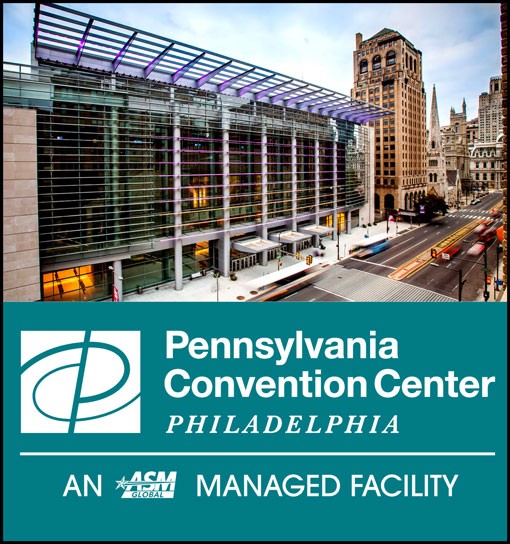In today’s interconnected globe, student communities play a critical role fit academic and personal experiences.

These communities are not just collections of people but are vibrant ecological communities that promote growth, discovering, and collaboration among trainees. They vary extensively in type and feature, from campus-based groups to worldwide on the internet forums, each offering special opportunities for involvement and development.
Whether you are stepping onto an university school for the first time or engaging in virtual knowing atmospheres, comprehending the structure and advantages of trainee areas can greatly boost your educational trip. This post delves into the significance of pupil neighborhoods, checking out exactly how they work, the advantages they provide, and the methods which they can be leveraged for individual and scholastic success.
Recognizing Student Communities
Trainee areas are fundamental to the scholastic experience, working as both social and educational support systems. At their core, these neighborhoods are teams created naturally by students who share common interests, objectives, or fields of study. They can be casual, such as study hall, or formal, like trainee unions and clubs.
These neighborhoods are characterized by a shared identification and the collective search of knowledge, abilities, and experiences. They work as systems for students to link, collaborate, and contribute to each other’s growth, expanding beyond scholastic borders to affect individual advancement and neighborhood engagement.
Essentially, student communities are microcosms of bigger social frameworks, where management abilities are honed, concepts are exchanged, and long-lasting friendships are formed. The interactions within these communities reflect a diverse mix of social, intellectual, and social dynamics.
- Networking Opportunities: Pupil areas offer a network of peers and coaches that can provide assistance and assistance.
- Ability Advancement: Taking part in area activities helps students develop crucial abilities such as communication, management, and team effort.
- Resource Accessibility: These communities often provide access to academic sources, consisting of study products and professional guidance.
- Social Involvement: They provide a system for social interaction, relieving the shift into new scholastic environments and assisting to battle seclusion.
Via these various features, trainee neighborhoods end up being integral to the alternative advancement of pupils, laying a foundation for future expert and student knowledge base individual success.
The Benefits of Engaging in Trainee Communities
The advantages of participating in trainee areas are diverse, affecting both scholastic and individual balls.

On an academic level, these areas motivate joint knowing, allowing students to benefit from diverse perspectives and competence. Sharing expertise and resources within an area can lead to much more effective understanding results and improved academic efficiency.
Furthermore, trainee communities provide a platform for personal development and self-discovery. By engaging with peers from various backgrounds and techniques, pupils acquire a more comprehensive worldview, improving their social competence and compassion. This direct exposure to varied perspectives is very useful in creating vital thinking and analytic skills.
Additionally, active engagement in How you use physics in your everyday life. area tasks can boost trainees’ confidence and self-worth. Handling management duties or joining conversations and occasions fosters a sense of accomplishment and belonging, which is important for general wellness and motivation.
Kinds Of Trainee Areas
Student neighborhoods been available in different kinds, each dealing with different interests and goals. These can be broadly classified right into academic, cultural, leisure, and professional neighborhoods, among others. Each type provides one-of-a-kind platforms and possibilities for trainee interaction.
- Academic Communities: These are normally centered around details disciplines or scholastic interests. Instances include study hall, honors societies, and department clubs.
- Cultural Areas: These groups focus on advertising social recognition and diversity, often organizing occasions and tasks to commemorate different practices.
- Entertainment Neighborhoods: These include sports teams, leisure clubs, and hobby-based teams that give a break from academic rigors and promote physical and psychological health.
- Professional Communities: These are targeted at occupation development, supplying networking opportunities, workshops, and mentorship programs to prepare pupils for the professional world.
By determining and engaging with the best neighborhoods, trainees can tailor their university experiences to straighten with their interests and career aspirations, paving the way for a fulfilling scholastic trip.
Building a Thriving Student Area
Creating and keeping a prospering pupil neighborhood needs initiative and cooperation from both trainees and universities. It starts with promoting an inclusive atmosphere where all trainees feel invited and valued no matter their backgrounds.
Organizations can sustain this by offering sources and facilities that motivate interaction and involvement. This includes developing physical rooms like student unions and on the internet systems that promote interaction and collaboration. Furthermore, organizing occasions, workshops, and seminars can additionally enhance engagement, providing students with possibilities to attach and pick up from each various other.
Management and Pupil Involvement
Effective management is crucial in supporting a successful trainee community. Leadership duties within these areas offer trainees a possibility to establish and show their organizational and social skills. Trainees that think these duties add considerably to setting the tone and direction of their communities, affecting their peers positively.
Urging leadership and energetic participation amongst trainees not only reinforces the area but additionally empowers people, preparing them for future difficulties. By cultivating a culture of partnership and assistance, pupil communities can grow, leaving a lasting influence on their members and the academic atmosphere overall.







